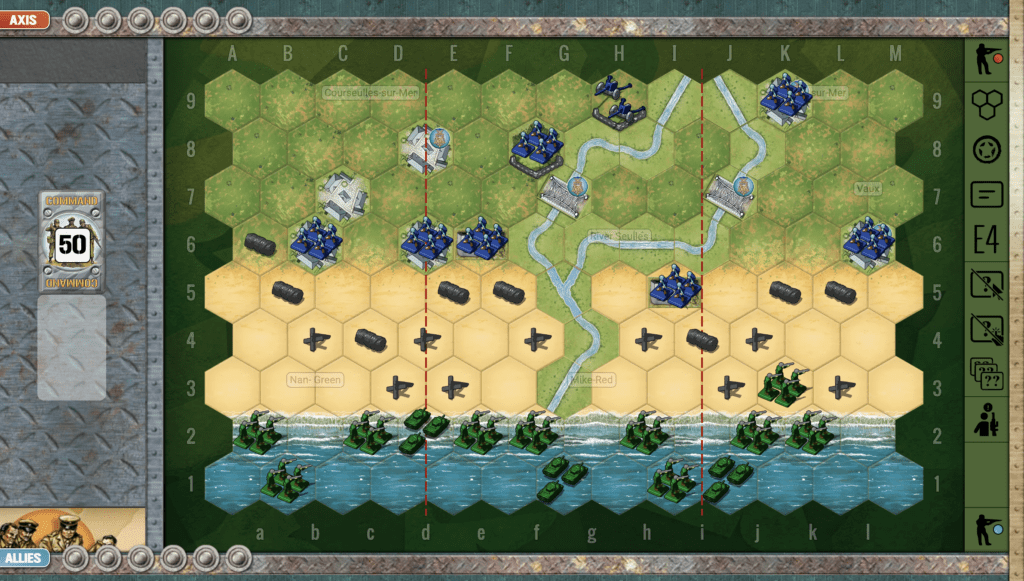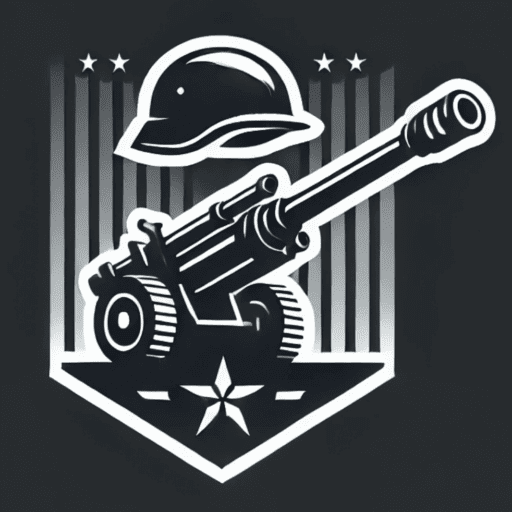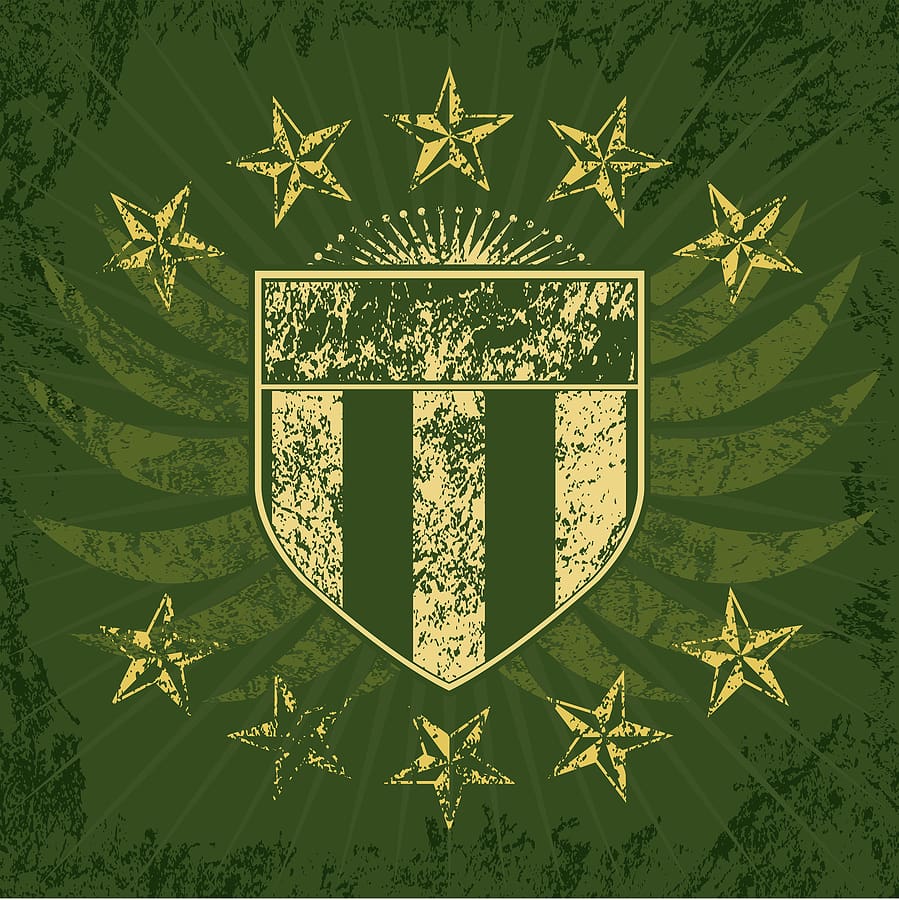Juno Beach

The invasion of Juno Beach was part of the Allied D-Day landings on June 6, 1944, during World War II. Juno Beach, one of the five beaches targeted in the Normandy invasion, was assigned to Canadian forces from the 3rd Canadian Infantry Division and the 2nd Canadian Armoured Brigade. Their mission was to secure a beachhead, push inland, and capture key objectives such as the town of Caen.
Juno Beach was no picnic—it was hell from the start. The Canadians hit the shore under rough seas, late and scattered, with German guns pouring lead and shells across the sand. Machine guns, artillery, mines—everything the enemy could throw at them was waiting.
But those Canadians didn’t back off. They regrouped fast, pushed inland with infantry and armor working shoulder to shoulder, and smashed through the fortifications. By nightfall, they hadn’t just taken Juno—they’d driven farther inland than any other Allied unit on D-Day.
They paid dearly in blood, but their victory cracked open Hitler’s wall, anchored the Allied foothold in France, and lit the road that led to the liberation of Europe. Juno Beach proved it plain: Canadian steel and courage could punch just as hard as any force in the world.
~~ General Howitzer
6 VP’s
![]()
Card Balance:
Allies – 6
Axis – 4
Complexity:
2
Conditions:
Beach

Location:
Normandy
Year:
1944
Theater:
Western Front
Campaign:
D-Day
Codename
Summary:
Objectives:
6 Victory Points, including the possibility of four! Objective Medals for the Allies.
Battlefield:
With the River Seulles going through the center of the battlefield, the Juno Beach scenario is almost two different battles taking place at once. There is no beach ridge to slow down the advance of the Allies.
Troops:
Allies – 10 Infantry, 3 Armor
Axis – 7 Infantry, 1 Artillery

Allied Strategy:
1. The Allies need to be aware of the VP goal of six points, and then count up the number of medals and forces on the right side of the map: three Objective Medals (two towns and one bridge) and three infantry. This means, that with the “right” set of cards, an Allied player could win the battle completely just by focusing on the right flank. Now it will rarely happen that such a single-minded focus can occur based on the luck of the cards. But keeping the enemy off-balance by occasional forays on the left flank is a good strategy also. But this scenario reminds us of an important principle, to always keep your overall objectives and plan in mind throughout the battle. And do not deviate unless cards, or circumstances dictate otherwise.
2. Of course, the left flank is a little more secure, as it is outside the range of the artillery.
3. With the River Seulles splitting your center section, you will need to make a determination of which direction your troops will head to. This will need to be determined by the cards in your hand.
4. As you move off the beach, the two Medal Objectives on the bridges look very tempting. But they are quite close to the enemy artillery, so you will not want to take those bridges until near the end of the game, when they can be chased away.

Axis Strategy:
1. Your Infantry in the bunker at I5 is in a great location to make some early hits on the enemy while they are still in the water, or backed up against it.
2. Your Infantry unit in the town of Graye-su-Mere in your left flank, is pretty useless in the early stage of the battle. Rather than wait for the action to come to them, at which point it may be too late, you may want to move it forward.
Battle Reports (percentage of Allied victories):
64%
Author:
Days of Wonder
Link:

